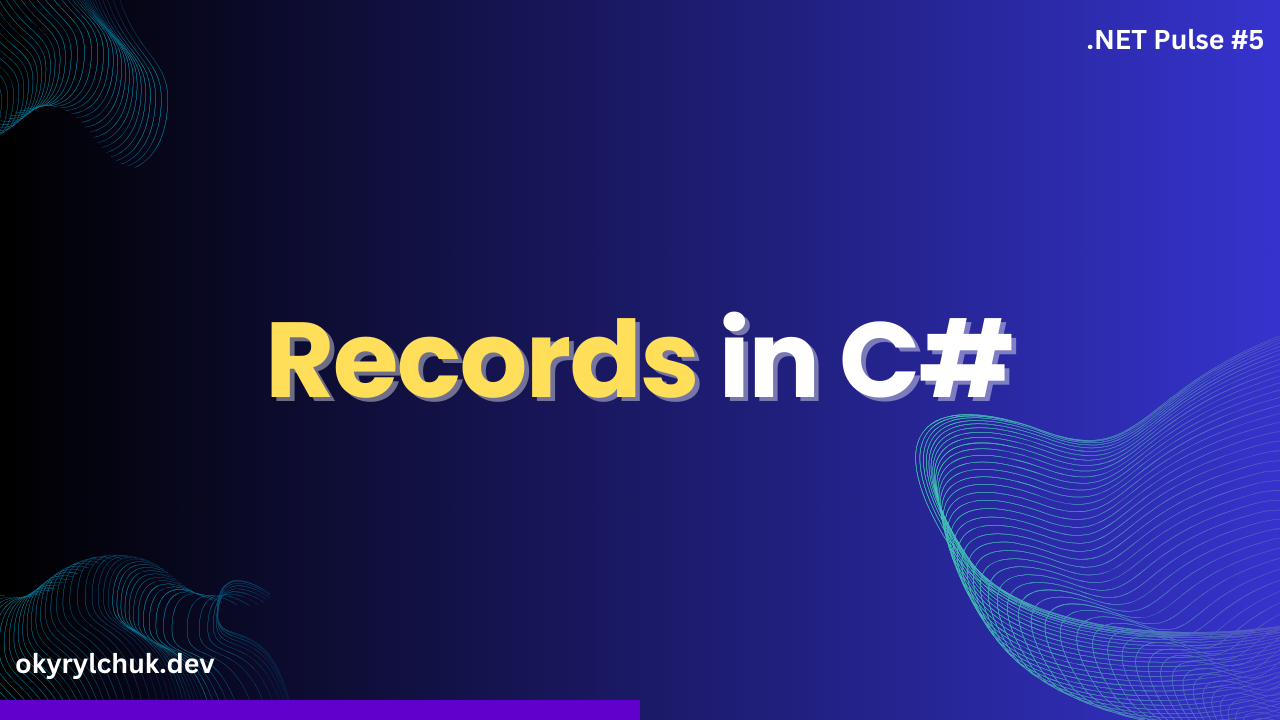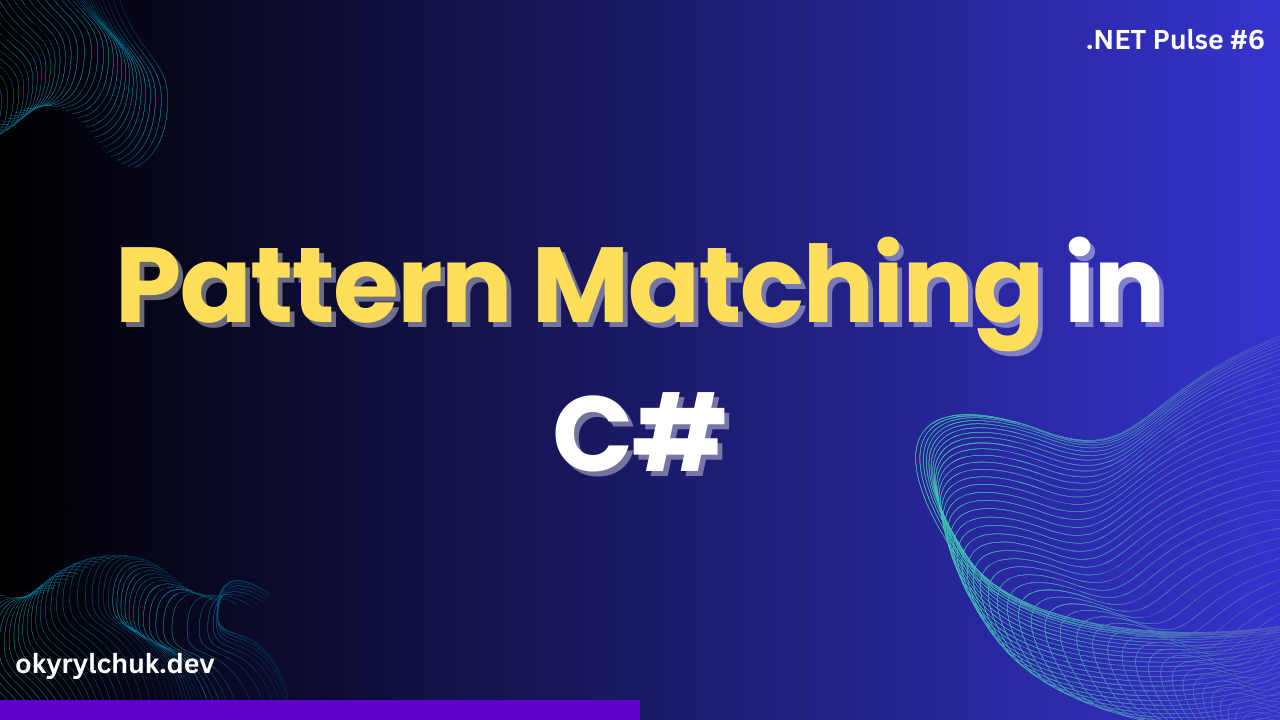In C#, asynchronous programming is typically done using Task and async/await, which are great for handling I/O-bound operations like database queries or web requests. However, in some high-performance scenarios, using Task can introduce unnecessary overhead. This is where ValueTask comes in.
What is ValueTask?
A ValueTask is an alternative to a Task that represents an asynchronous operation. Unlike a Task, which always allocates an object even if the operation completes synchronously, a ValueTask is a value type that can help avoid allocations in specific scenarios, improving performance.
When Should You Use ValueTask?
The key reason to use ValueTask is performance optimization when:
- The asynchronous operation may often complete synchronously.
- You want to reduce memory allocations for frequently called methods that return Task results.
However, don’t use ValueTask everywhere. It’s beneficial only in performance-critical code. If you’re unsure whether ValueTask is needed, stick with Task, as it’s simpler and less error-prone.
Important Caveats
- Reuse and State: Unlike Task, a ValueTask can only be awaited once. In ValueTask, the underlying object may have already been recycled and used by another operation.
- Concurrency: The underlying object expects to work with only a single callback from a single consumer at a time, and attempting to await it concurrently could easily introduce race conditions and subtle program errors
- .GetAwaiter().GetResult(): Do not call .GetAwaiter().GetResult() directly on a ValueTask. It doesn’t support blocking until the operation is completed. Use IsComplete property before awaiting.
- Conversion Costs: Converting a ValueTask to a Task (for example, to interoperate with other APIs) incurs an overhead. So, if you always need a Task, it’s better to return one.
- Complexity: ValueTask can make your code more complex, as it introduces an additional level of indirection. In most cases, the performance gains aren’t worth the extra complexity unless you’re writing high-performance code.
Example
Let’s say you have a method that fetches data from a cache. If the data is already available, it returns synchronously; if not, it fetches it asynchronously. This is a perfect use case for ValueTask.
public ValueTask<string> GetValueAsync(string key)
{
if (_cache.TryGetValue(key, out var value))
{
// Synchronous path
return new ValueTask<string>(value);
}
// Asynchronous path
return new ValueTask<string>(FetchAndCacheValueAsync(key));
}In the example above, using ValueTask prevents unnecessary allocations when the cache hit occurs, which can significantly improve performance in a high-throughput system.
Summary
ValueTask is a powerful tool in C# for optimizing performance but use it carefully. Stick with Task for most asynchronous methods, and reach for ValueTask only when you have a clear performance bottleneck due to frequent synchronous completions.


Cool website 😎 I like it 🙌